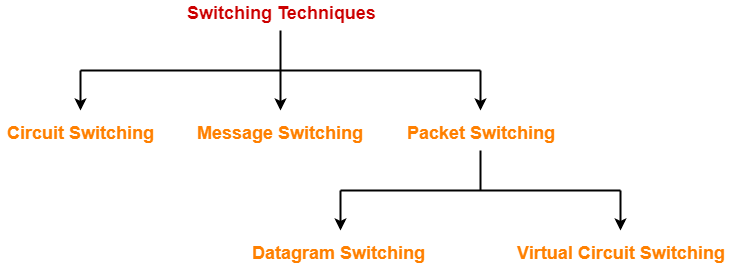

- #SWITCHING BTWEEN. SCREENS XOJO HOW TO#
- #SWITCHING BTWEEN. SCREENS XOJO MOVIE#
- #SWITCHING BTWEEN. SCREENS XOJO TV#
The config parameters that we add in the experiment is located in src/config/default.yaml so that our method can be used in all the algorithms that Pymarl supports. If you want to use our adaptive framework, you just need to add some parameters in the command just as the above command.
#SWITCHING BTWEEN. SCREENS XOJO HOW TO#
#SWITCHING BTWEEN. SCREENS XOJO MOVIE#
Ultraman saga the movie 2012 free downloadĭownload spectrasonics trilian with debit card Imovie 10-1-4 using clip filter and audio effect All the posts I view seem to imply that the observed lower quality on an HDTV is due to the stretching of the picture on a larger screen.Fresh prince of bel air season 1 episode 23

#SWITCHING BTWEEN. SCREENS XOJO TV#
No HDTV that I have tested has a good enough graphics processor to effectively expand a view in the way that just about any computer graphics processor does.If you have a good multimedia player on your computer, try watching that same SD DVD with the computer connected to the DVI or VGA port of the TV and see the difference. The HDTV processor does a horrible job of expanding the signal, creating a lot of distortion and delayed imaging. An SD signal on an SD TV doesn't just appear better, it is much better than what is displayed on an HDTV. Due to this difference, an SD signal may ultimately appear better on an SDTV than on an HDTV, though the picture quality of an HD signal viewed on an HDTV is far superior to any image viewed on SDTV. Many TVs “upscale” the SD image to make it appear better, though this still fails to reach the picture quality of an HD signal. When that signal is displayed on a screen with a resolution of 1920x1080, the image must either appear very small on the larger screen or else be increased in size.This increase in size that occurs when viewing SDTV on HDTV then ultimately creates a lower picture quality on that HDTV. A television signal, even a, for SDTV is meant for display on a screen with a resolution of about 640x480. Formats such as “ultra high definition television” (UHDTV) may produce screens with a resolution 16 times greater than current HD standards.The problem with watching SDTV on HDTV occurs when the SD image is transferred between the two formats. Even this much larger number of pixels is being dwarfed by new displays that have thousands more pixels in each direction, creating TVs and displays with incredibly sharp and realistic images. In contrast, an HDTV can have many more pixels, with 1,080 rows of pixels from top to bottom and 1,920 columns of pixels across the screen becoming a minimum standard. SDTVs typically have about 480 rows of pixels from top to bottom, and either 640 or 704 columns of pixels from left to right on the screen. A pixel, or picture element, refers to the individual points of colored light that make up the overall image displayed on a television screen. This issue basically comes down to how SD and HD displays are designed and created, specifically with regard to the number of pixels used in each system. This means that SDTV on HDTV lacks the high quality of the HD image and may look worse than on an SD display due to the difference in the two displays.There are inherent differences between SD and HD images, so when you view SDTV on HDTV, you are basically viewing media in the “wrong” format. Since the resolution, and overall size, of each type of display is quite different, a signal meant for SDTV is effectively displayed improperly on an HDTV. This difference occurs because of the major difference in resolution provided by standard definition television (SDTV) and (HDTV) displays. When you watch a signal that is on equipment, the signal is typically “upscaled” in some way to make it appear decent, though it is typically far from an HD signal.


 0 kommentar(er)
0 kommentar(er)
